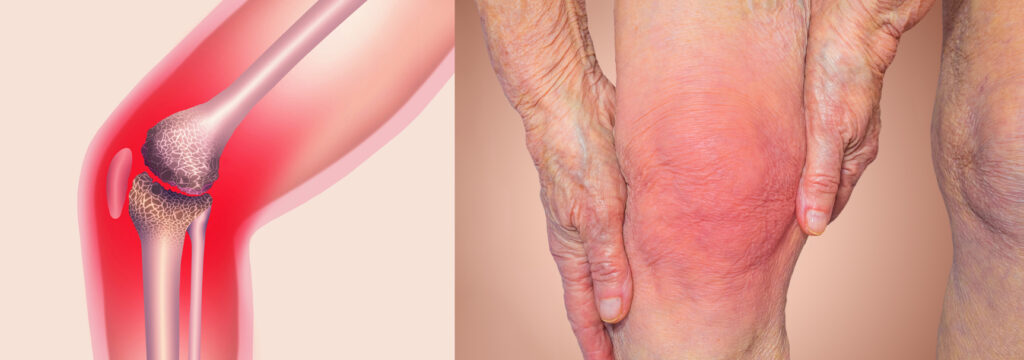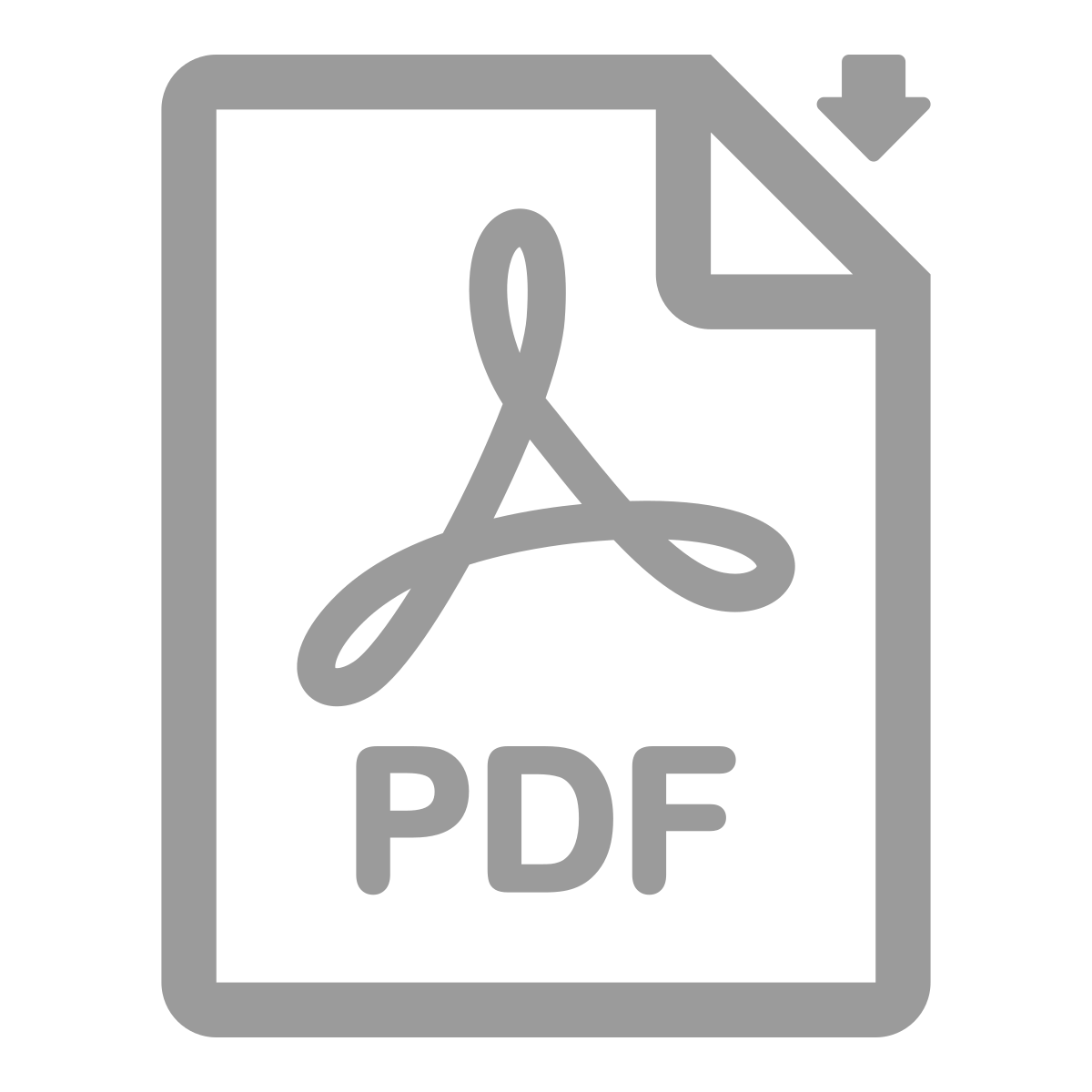Guselkumab (Tremfya, Johnson & Johnson) inhibited progression of joint structural damage in active psoriatic arthritis (PsA) at 24 weeks compared to placebo, according to the Phase 3b APEX study presented at the European Alliance of Associations for Rheumatology (EULAR) 2025 Congress in Barcelona, Spain.
“The results of the APEX study are promising as the data show guselkumab to be the only IL-23 inhibitor in its class that has inhibited the progression of structural damage in patients, providing new clinical insights for the psoriatic community and underscoring the need for safe, effective options that address the full burden of disease,” says Study Author Philip J. Mease, MD, Director of Rheumatology Research at the Swedish Medical Center in Seattle, WA, in a news release.
APEX is a multicenter, randomized, double-blind, placebo-controlled study in patients with active PsA who are biologic naïve and have had an inadequate response to standard therapies. The treatment duration includes a 24-week, double-blind, placebo-controlled period, followed by a 24-week active treatment period, followed by a 12-week safety follow-up period. For patients who agree to enter the long-term extension, an additional 2 years of active treatment period is scheduled prior to the final safety follow-up.
Inhibited Progression of Joint Damage
In the Phase 3b APEX study, guselkumab significantly inhibited progression of joint structural damage, including joint erosions and space narrowing, in patients with active PsA at Week 24 as assessed by the PsA modified van der Heijde-Sharp (vdH-S) score. The mean change from baseline to Week 24 in the modified van der Heijde-Sharp (vdH-S) score was 0.55 and 0.54 for patients receiving guselkumab every four weeks (Q4W) and every eight weeks (Q8W), respectively, compared with 1.35 in the placebo group. In the two guselkumab dose groups, 67% (Q4W) and 63% (Q8W) of patients experienced no radiographic progression, vs. 53% in the placebo group. (Guselkumab is not approved for Q4W dosing in the U.S.)
Guselkumab also improved both joint and skin symptoms in patients with active PsA.
- Significantly greater proportions of guselkumab -treated patients (67% for Q4W and 68% for Q8W) achieved American College of Rheumatology response criteria (ACR20) at Week 24 vs. 47% receiving placebo.
- More than twice as many patients treated with guselkumab achieved ACR50 (41% for Q4W and 42% for Q8W) vs. 20% receiving placebo at Week 24.
- In assessing skin clearance, greater proportions of guselkumab-treated patients (73% for Q4W and 68% for Q8W) achieved an Investigator’s Global Assessment (IGA) score of 0/1 (clear or almost clear skin) at Week 24 vs. 31% receiving placebo.
The data from the APEX study were consistent with the safety profile of guselkumab, with no new safety signals identified.


